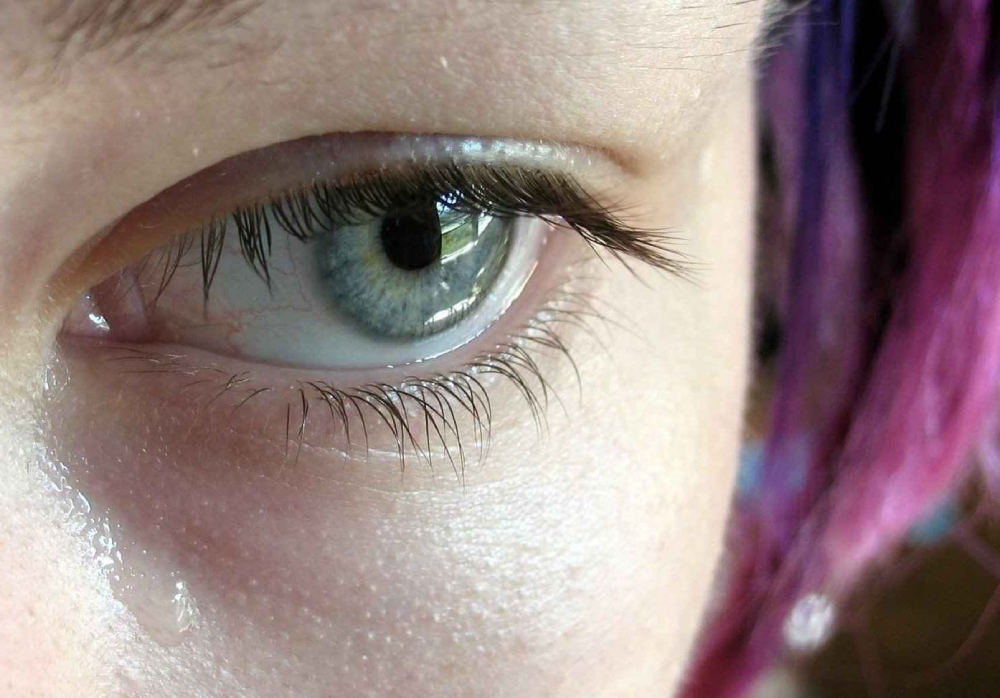With misinformation and deliberate disinformation running almost as rampant as the virus that causes COVID-19, we thought it would be best to go to the source for the latest insights. Compiled by veteran medical journalist Brian Owens, Hakai Magazine in partnership with The Tyee regularly presents this roundup of some of the newest science on the COVID-19 pandemic, straight from the scientific journals.
Mobility control measures were effective in China
On Jan. 23, China imposed strict mobility control measures on the city of Wuhan, which it later extended to other cities in Hubei province and around the country. Researchers studying real-time mobility data and case histories found that the movement restrictions caused the growth rate of new cases to become negative in most places showing that the virus’s spread had been cut off. Another group of researchers used a mathematical model to predict that the measures in Wuhan could potentially begin to be lifted in early April.
The Lancet Public Health, March 25, 2020
Can pregnant mothers pass the virus to their fetus?
Researchers in China investigated 33 babies born to mothers with COVID-19 and found that three of them had also contracted the disease. In all three newborns, symptoms were mild and there were no deaths. Because strict infection control measures were used during the delivery, the researchers cannot rule out that the transmission had occurred from mother to child. Two other studies, however, have found no evidence of the virus in amniotic fluid, umbilical cord blood and breast milk.
JAMA Pediatrics, March 26, 2020
Health-care workers face mental health problems
A study of more than 1,200 health-care workers in 34 hospitals across China who have cared for patients with COVID-19 found that a large proportion of them reported symptoms of depression, anxiety, insomnia and distress. Women, nurses, those in Wuhan and frontline health-care workers were at the highest risk of developing mental health problems.
JAMA Network Open, March 23, 2020
Telemedicine can help with mental health
Fears of exposure, isolation, loss of income, reduced autonomy and the absence of a cure for the coronavirus that causes COVID-19 are causing more stress, increasing people’s risk of anxiety and depression. But researchers say there is substantial evidence that telemedicine, such as videoconferencing, online forums, smartphone apps and phone calls, can be effective in helping to deal with these issues and can help people maintain their psychological well-being.
Telemedicine and e-Health, March 23, 2020
COVID-19 can cause heart damage
A study of more than 400 COVID-19 patients in Wuhan found that almost 20 per cent suffered cardiac injury during their stay in hospital, and that that injury was associated with a higher risk of death. Patients who suffered cardiac injury tended to be older and had pre-existing heart conditions, such as high blood pressure.
JAMA Cardiology, March 25, 2020

How should Canadian doctors ration life support in a pandemic?
Extracorporeal Life Support, a drastic intervention in which blood is oxygenated outside the body, may be required for some of the most severe cases of COVID-19. But it is a scarce resource that may need to be rationed. Doctors in Alberta have described their system for determining and communicating the capacity to perform ECLS to help make decisions about how the resource should be used.
Canadian Medical Association Journal, March 26, 2020
Cancer patients may be at higher risk of catching COVID-19
Because they are often required to return to the hospital for treatment and monitoring, and because treatment often suppresses the immune system, cancer patients appear to be at higher risk of acquiring COVID-19, according to a study at a hospital in Wuhan.
Coronavirus is unlikely to spread through tears
While coronavirus is known to spread through mucus and droplets expelled by coughing and sneezing, it is unclear if it spreads through other bodily fluids. Researchers sampled tears from infected patients and found no sign of the virus, indicating it is unlikely that patients are shedding the virus by shedding tears.
How are projections for Canada panning out?
A week ago researchers at York University estimated that Canada could have 15,000 known cases of COVID-19 by today, March 31, if we continued on our current trajectory. They found that new cases in Canada increased at a rate of 0.13 between March 1 and 13, and at a rate of 0.25 between March 13 to 22 — meaning the number of known cases was doubling every 2.7 days. In Italy, by contrast, the growth rate dropped from 0.22 to 0.1 two weeks after the country went into lockdown on March 8 so that, instead of the number of new cases doubling every 3.15 days, it was instead doubling in almost seven days. If public health interventions escalate here we could see similar success, the researchers found. As of yesterday, March 30, Canada had 6,320 known cases of COVID-19.
Read more: Health, Coronavirus















Tyee Commenting Guidelines
Comments that violate guidelines risk being deleted, and violations may result in a temporary or permanent user ban. Maintain the spirit of good conversation to stay in the discussion.
*Please note The Tyee is not a forum for spreading misinformation about COVID-19, denying its existence or minimizing its risk to public health.
Do:
Do not: